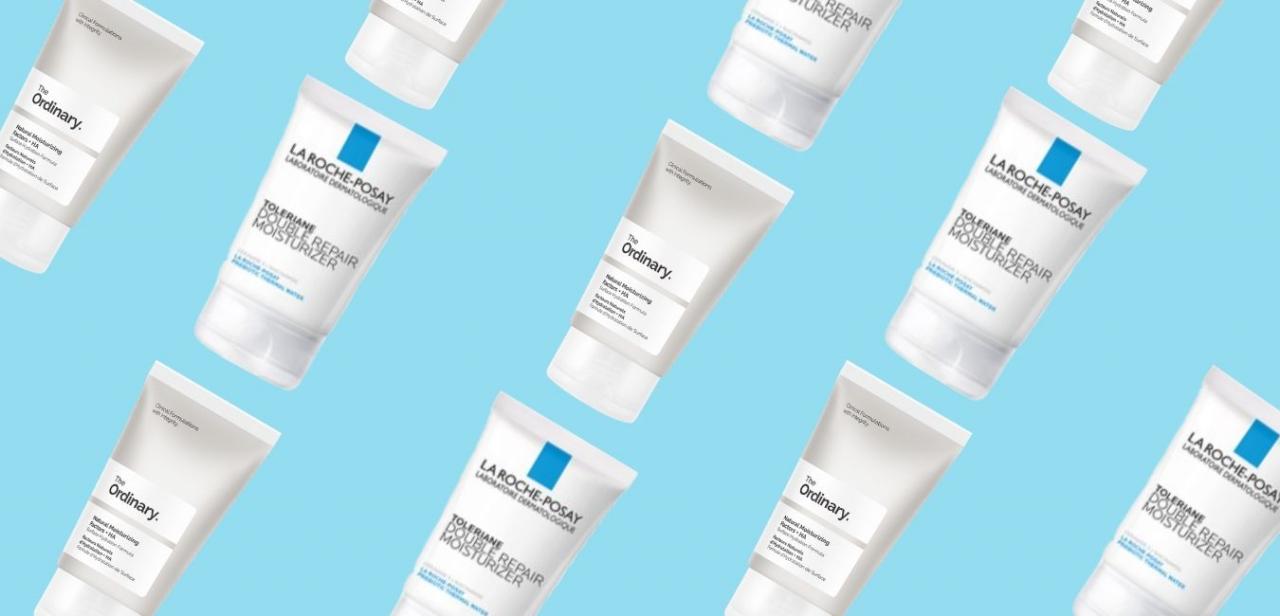Inflammation and skin irritation are common symptoms of acne. While most people experience acne, some individuals develop scarring following acne healing. The exact cause of scarring from acne is unknown. Scarring involves damage to skin collagen as a result of inflammation. This damage produces a distinct change in the texture of the skin. Scarring is commonly confused with pigment change from inflammation. Patients may experience pink and purple regions (post inflammatory erythema), brown or black regions (post-inflammatory hyperpigmentation) or white marks (post inflammatory hypopigmentation) at or around the site of inflammation.
Actual scarring occurs in three different forms: atrophic scarring, hypertrophic scarring, or ice pick scarring. Atrophic scars appear as pitted scars with smooth borders. Hypertrophic scars are thicker scars that reside above the surface of the skin. These scars are more common on the back and chest area. Ice pick scarring appears as pitted scars as well, but is deeper than atrophic scars and has steeper edges.
The presence of acne is more common in patients with darker skin, and it is not surprising that African American patients are at a higher risk for scarring. Patients who are of Asian descent also have a higher risk of scarring. Since the exact cause of scarring is unknown, it is recommended that lesions are treated as soon as possible to reduce the risk.
While acne scarring is a permanent condition, it can be treated. In the dermabrasion procedure, the outer layers of skin are removed using abrasive tools. Superficial dermabrasion removes the outer layers (the epidermis), while parts of the inner layer (the dermis) can be removed through deep dermabrasion. Motorized dermabrasion is a variation that uses a motorized brush or diamond cylinder to target the epidermis and part of the dermal layer. Since the procedure can be painful, local anesthesia is used. Manual dermasanding is another option that removes skin cells using a silicone carbide sandpaper. The depth of penetration is in between superficial and deep dermabrasion, and can be performed in addition to other treatments. For its effectiveness, dermabrasion (principally deep dermabrasion) is the preferred treatment for acne scarring. Deep dermabrasion causes significant damage to the affected tissue and typically requires several weeks for the skin to heal. For patients with active acne, dermabrasion can aggravate existing lesions and cause additional infection. In some cases dermabrasion treatment can cause additional scarring, prolonged healing, or hyperpigmentation as a result of skin damage. For individuals with darker skin color, this treatment is not recommended because of higher risks for scarring and hyperpigmentation.
There are other methods for the treatment of acne scarring that extend the capacity of this article. For more on the treatment of acne scarring and tissue damage, see the continuation of this article.
References:
1) http://www.dermanetwork.org/information/acne_scars.asp






Add a CommentComments
There are no comments yet. Be the first one and get the conversation started!